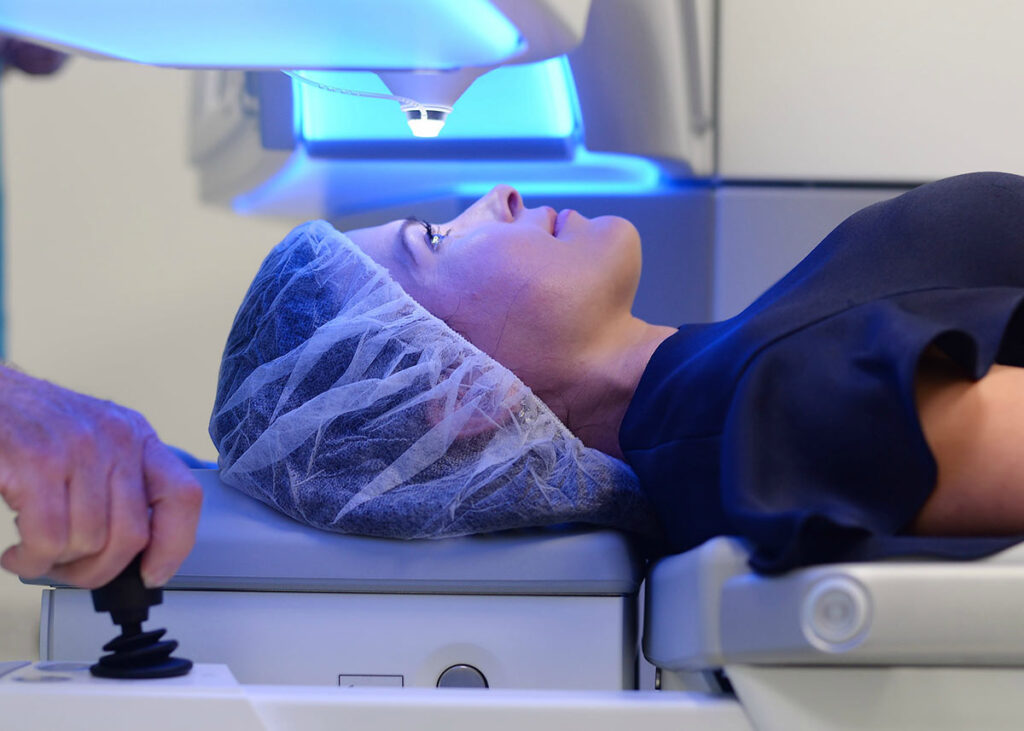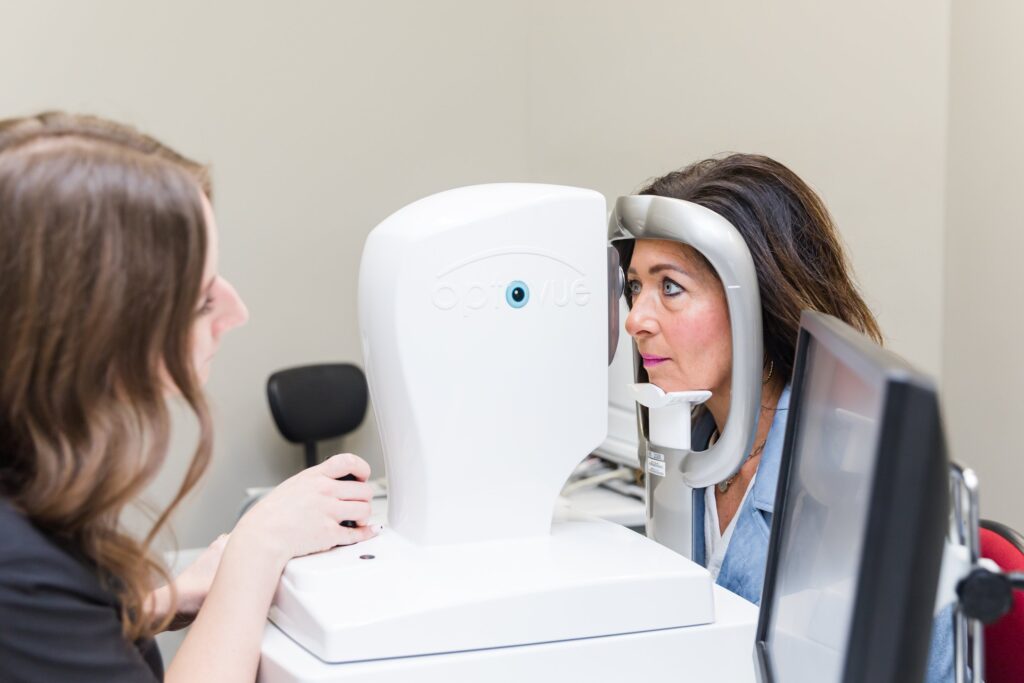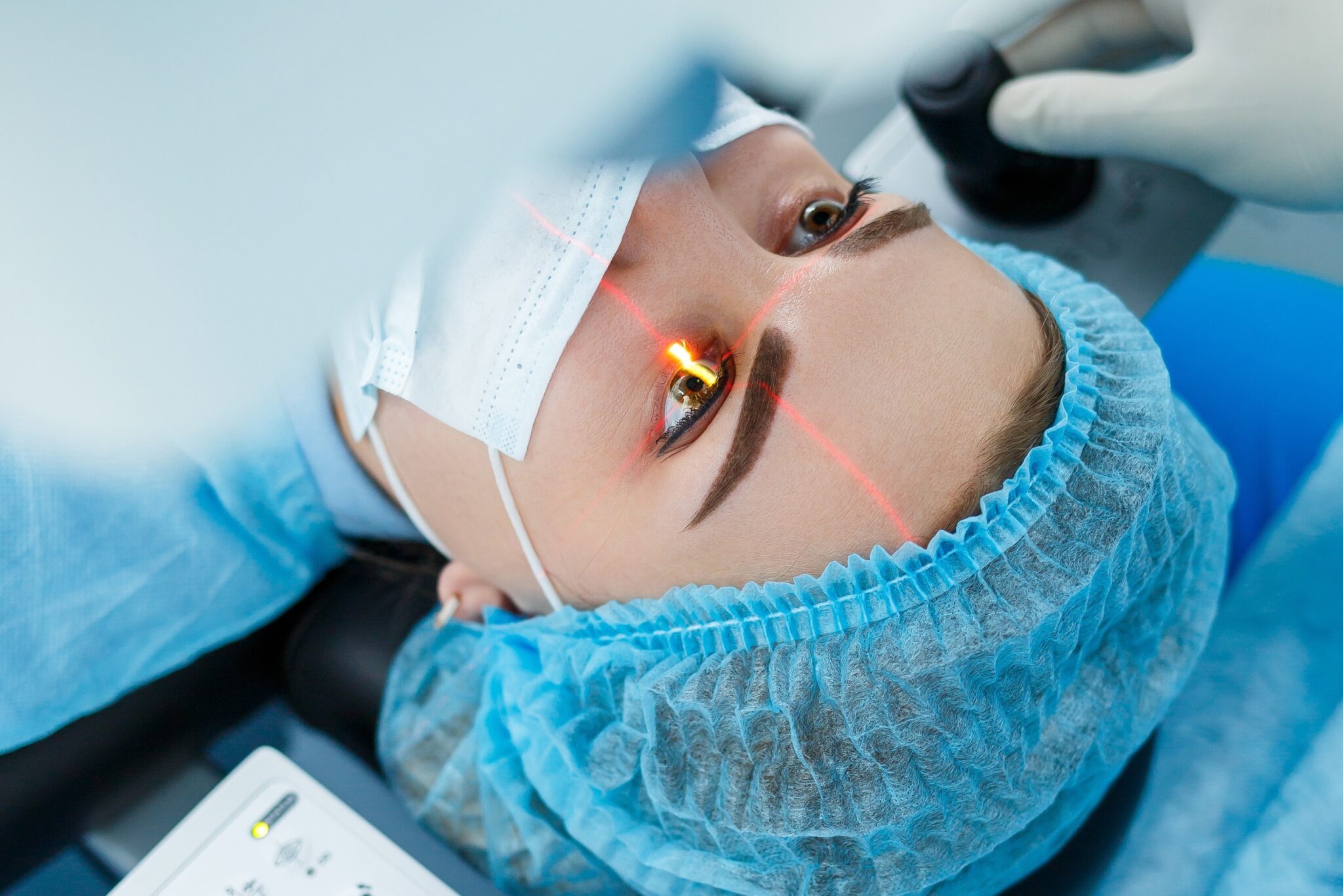Eye Surgery LASIK: Transforming Lives Through Clear Vision
LASIK eye surgery has revolutionised the way we perceive vision correction. Many individuals who once relied on glasses or contact lenses are now enjoying life without the encumbrance of these aids. This article delves into the intricacies of LASIK, from its scientific foundations to its transformative impact on lives.
Understanding the concept of LASIK eye surgery
Laser-Assisted In Situ Keratomileusis, commonly referred to as LASIK, is a surgical procedure utilised to treat refractive vision problems like myopia, hyperopia, and astigmatism. The process involves reshaping the cornea using a laser so that light entering the eye can be appropriately focused onto the retina, resulting in clearer vision.
Embarking on the journey of eye LASIK surgery entails a carefully orchestrated process that begins long before the patient sits in the surgical chair. Understanding these steps can help alleviate any pre-surgery anxiety.
The science behind LASIK
At the heart of LASIK is the concept of corneal reshaping. The cornea is the eye’s outermost layer, playing a crucial role in how light is refracted. By employing advanced laser technology, surgeons meticulously remove microscopic pieces of tissue from the cornea. This adjustment helps to change the cornea’s curvature, which can significantly improve visual acuity.
Modern LASIK techniques use excimer lasers, which emit a cool ultraviolet light to precisely sculpt the cornea. This technology has gone through extensive research and development, ensuring minimal pain and rapid recovery for patients.

The evolution of LASIK over the years
Since its introduction in the 1990s, LASIK has undergone substantial advancements. Initially, the procedure was met with cautious optimism; however, advancements in technology and techniques have led to improved safety and efficacy. Early methods involved a simpler blade for creating the corneal flap, but today, many surgeons utilise femtosecond lasers that enhance precision.
In parallel with these technical advancements, patient selection criteria have also evolved, ensuring that a broader spectrum of individuals can benefit from the procedure. Ongoing research continues to refine LASIK, making it one of the most popular forms of vision correction today.
Read about cataract surgery at: Cataract Surgery Sydney
The process of LASIK surgery
Pre-surgery preparations
Prior to undergoing LASIK, patients must attend a comprehensive eye examination. This visit includes various tests to assess eye health, determine the degree of refractive error, and evaluate the thickness of the cornea. It’s crucial for prospective patients to disclose their medical history and any medications they’re currently taking, as these factors can influence eligibility for the procedure.
Patients are generally advised to stop wearing contact lenses for a period leading up to the surgery to ensure accurate measurements of the cornea. This preparation phase plays a vital role in the successful outcome of the surgery.
The LASIK procedure explained
The LASIK procedure itself is relatively quick, often taking less than 30 minutes for both eyes combined. After numbing drops are administered, the surgeon creates a thin flap in the cornea. This flap is lifted to allow the laser to reshape the underlying tissue.
Once the reshaping is complete, the flap is gently repositioned, where it adheres naturally without the need for stitches. Many patients report seeing improvements in their vision almost immediately following the procedure. It’s this rapid recovery that makes LASIK so attractive.
Post-surgery care and recovery
After the surgery, patients typically experience some degree of discomfort, including dryness or a gritty sensation in the eyes. However, these symptoms are generally mild and can be managed with prescribed eye drops. Find more about sensation on https://open.maricopa.edu/culturepsychology/chapter/sensation-and-perception/
Follow-up appointments are crucial during the healing process to monitor progress and ensure proper recovery. Most patients can return to their normal activities within a day or two, though avoiding strenuous exercise and swimming for a short while is recommended.
The transformative impact of LASIK
For many individuals, LASIK eye surgery is more than just a medical procedure; it represents a significant change in lifestyle. The newfound freedom of clear vision can be life-altering.
Improving quality of life with clear vision
Imagine waking up in the morning and seeing the alarm clock clearly without scrambling for your glasses. For countless patients, this is now a reality. The ability to engage in activities like swimming, biking, or even just enjoying a sunny day without worrying about contact lenses enhances personal freedom and quality of life.
Additionally, LASIK can have a profound impact on one’s professional life. Clear vision allows for undistracted focus and better performance in work tasks, leading to enhanced productivity.
The psychological benefits of LASIK
Beyond just physical advantages, the psychological boost from LASIK cannot be overstated. Many patients report increased self-esteem and confidence, particularly those who felt self-conscious about wearing glasses or contacts.
The reduction in daily hassle regarding visual aids can lead to a more positive outlook and a greater willingness to engage in social activities. This emotional change often translates into improved personal relationships and overall happiness.
Potential risks and complications of LASIK
While LASIK is generally considered safe, it’s essential to be aware of the risks and complications associated with the procedure.
Common side effects of the surgery
Some common side effects post-surgery include halos, glare, and fluctuating vision, particularly during the night. Most of these side effects are temporary, resolving within weeks to months as the eyes adjust. To read more about side effects click here.
However, in rare cases, more severe complications can occur, such as under-corrections or over-corrections, requiring additional procedures for optimal results. Understanding these risks is vital for informed decision-making.
How to manage and mitigate risks
To minimise risks, it’s critical to select a qualified and experienced LASIK surgeon. Patients should also ensure they have realistic expectations, discussing potential outcomes thoroughly during the consultation process.
Adhering to post-operative care instructions and attending all follow-up appointments can significantly contribute to a smooth recovery and optimal results.
Choosing the right LASIK surgeon
Finding the right surgeon is one of the most significant steps in the LASIK journey. With so many options available, it can feel overwhelming.

Key factors to consider when selecting a surgeon
Look for surgeons who are board-certified and have substantial experience specifically in LASIK. It’s crucial to check reviews and testimonials from past patients. Additionally, inquire about the technology they use, as advancements can greatly affect the safety and outcomes of the surgery.
Consider the clinic’s approach to patient care and their willingness to address any concerns you may have throughout the process.
Questions to ask your potential surgeon
When meeting with a potential surgeon, asking the right questions can help gauge their expertise. Some important queries include:
- How many LASIK surgeries have you performed?
- What technologies do you utilise, and how do they compare to others on the market?
- What are the potential risks specific to my situation?
These discussions can provide valuable insights and reassurance as you move forward with the LASIK experience.
In conclusion, LASIK eye surgery offers a remarkable opportunity for individuals seeking freedom from traditional corrective lenses. By understanding its evolution, procedure, risks, and potential life-altering benefits, you can make an informed decision that paves the way for a brighter, clearer future.

